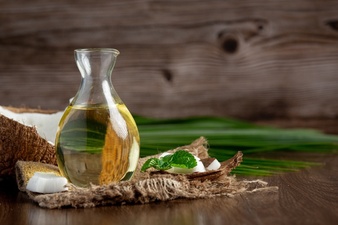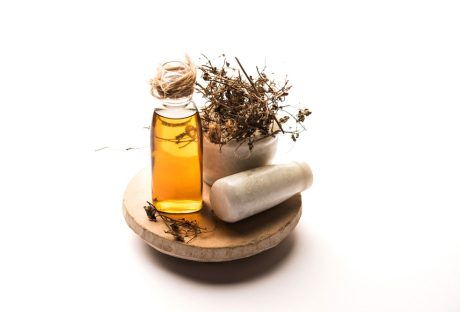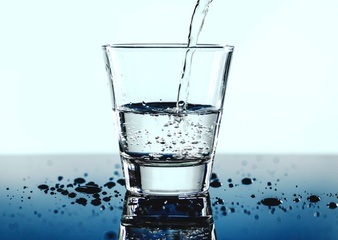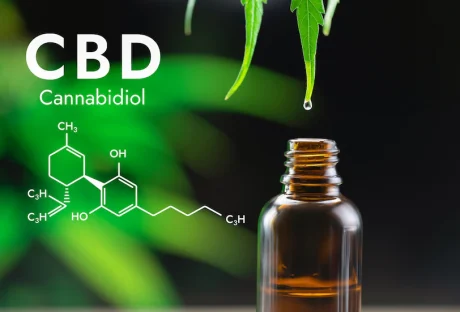There are many positive reasons to transition to European baby formula.
For example, unique nutritional opportunities such as goat milk, a trusted system in place to control heavy metal contamination, a close look at how and where nutrients are being extracted, and a mindful approach on their global impact. Let’s examine these reasons a bit closer:
Goat Milk:
European formulas offer goat milk as an alternative for babies who present a cow milk protein intolerance/allergy. When a cow milk protein allergy presents itself and a mother’s milk is not an option, goat’s milk makes for an excellent alternative.
Oftentimes, a soy-based or plant-based formula will have to be prescribed. However, many of these plant-based prescription formulas lack essential nutrients. Goat milk formulas in European brands are available as a stage 1 formula, making the formula available from birth onward. In contrast, the goat milk found in America is only acceptable for toddlers plus.
Goat formula contains natural vitamins and minerals and does not have the unfavorable properties of soy milk formula: such as phytoestrogens. Phytoestrogens have been linked with the interference of hormonal balance.
The A2 protein within goat milk allows it to be easier to digest, as the absence of the A1 protein, which is the protein typically found in cow’s milk, is responsible for intolerances and allergies. Goat milk is naturally A2 milk, making it more favorable for a baby with a sensitive belly.
Heavy Metals:
All product manufacturers must include in the label both naturally occurring minerals as well as added minerals and their quantities to ensure that even naturally occurring compounds are taken into account and kept within the safety margins.
The European Union and the UK have strong regulations that outlaw, and heavily regulate the use and exposure of heavy metals.
European legislation sets a maximum “allowed” in foodstuffs also. EU regulations cover the following heavy metals: cadmium, lead, mercury, inorganic arsenic, and inorganic tin.
Contamination, sometimes found in heavy machinery, generally may imply a risk to human health and has a negative impact on the quality of food. Thankfully the EU has preventative measures in place to negate the chances of this contamination, which isn’t the case in other places.
Artificial Nutrients:
Another characteristic to consider is where the DHA/ARA are coming from. The common process of manufacturing and processing the DHA/ARA in the USA is by using hexane to extract it.
Hexane is a petroleum-based solvent, which could cause this oil to end up in the formula and wreak negative effects on the nervous system. If a formula uses hexane extraction in Europe, there are strict regulations to ensure no remnants of hexane remain. Unfortunately, these same standards are not implemented in other places.
DHA and ARA are good fats, or the naturally produced “omegas” found in breast milk. Some formulas use DHA and ARA that are artificially manufactured.
The concern is that artificial extractions are not gathered from safe natural places, and they are generated in a lab. These extractions are not safe for human consumption. Studies have concluded that artificial DHA/ARA may be responsible for gastrointestinal issues.
Palm Oil:
There is no internal health concern from ingesting palm oil, however, many manufacturers are moving away from using palm oil. The use of palm oil has contributed to the exploitation of the Amazon. The extraction of palm oil leads to heavy deforestation in the amazonian rainforest; for this reason, it is more Eco-Friendly to not use palm oil.
Kendal formulas and Loulouka formulas do not use palm oil. By not using palm oil, companies come together to promote ethical environmental practices globally. Holle uses palm oil in some of their products, but they ensure it is ethically sourced from sustainable farms in Colombia. Kendal and Loulouka for example, use coconut oils as their substitute.
Conclusion:
Whether your concern is for a higher quality product for a sensitive baby or simply a formula with less “pharmaceutical gunk,” the rise in popularity for European formulas is due to the excellent results. European formula seems to be a growing demand.
It is worth investigating how these alternate options to USA-based formulas compare: how they differ and how to access safely. Hopefully, these many positive reasons to transition to a European baby formula have started your process of considering the change.
























